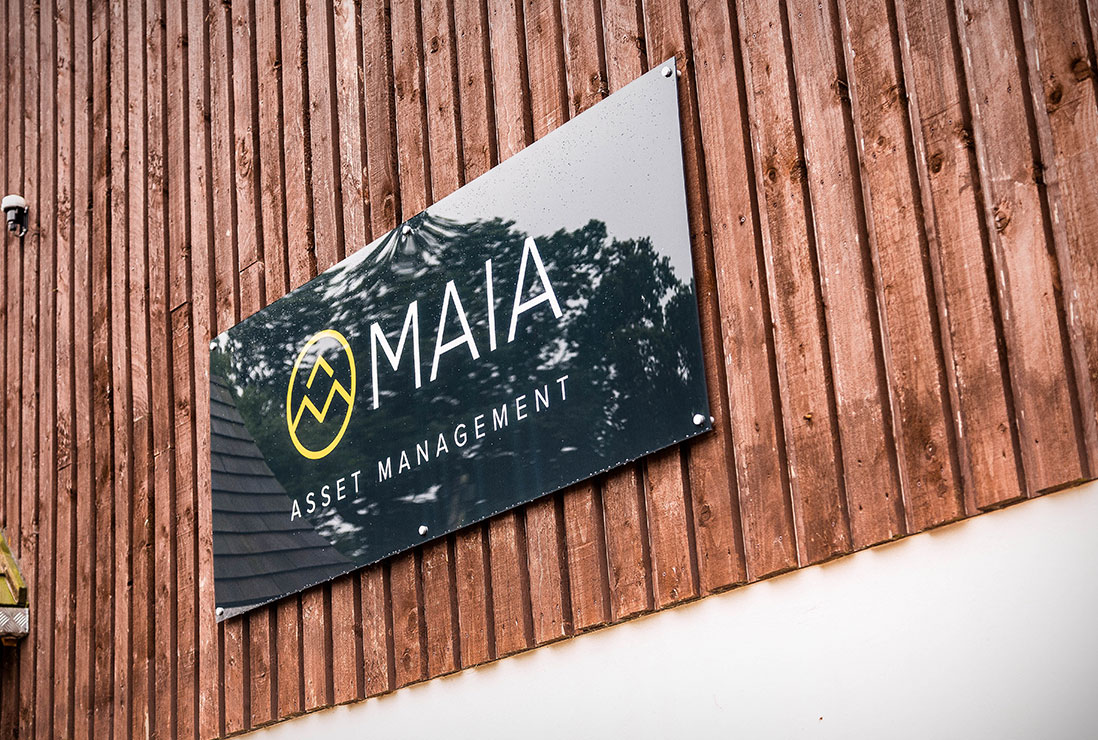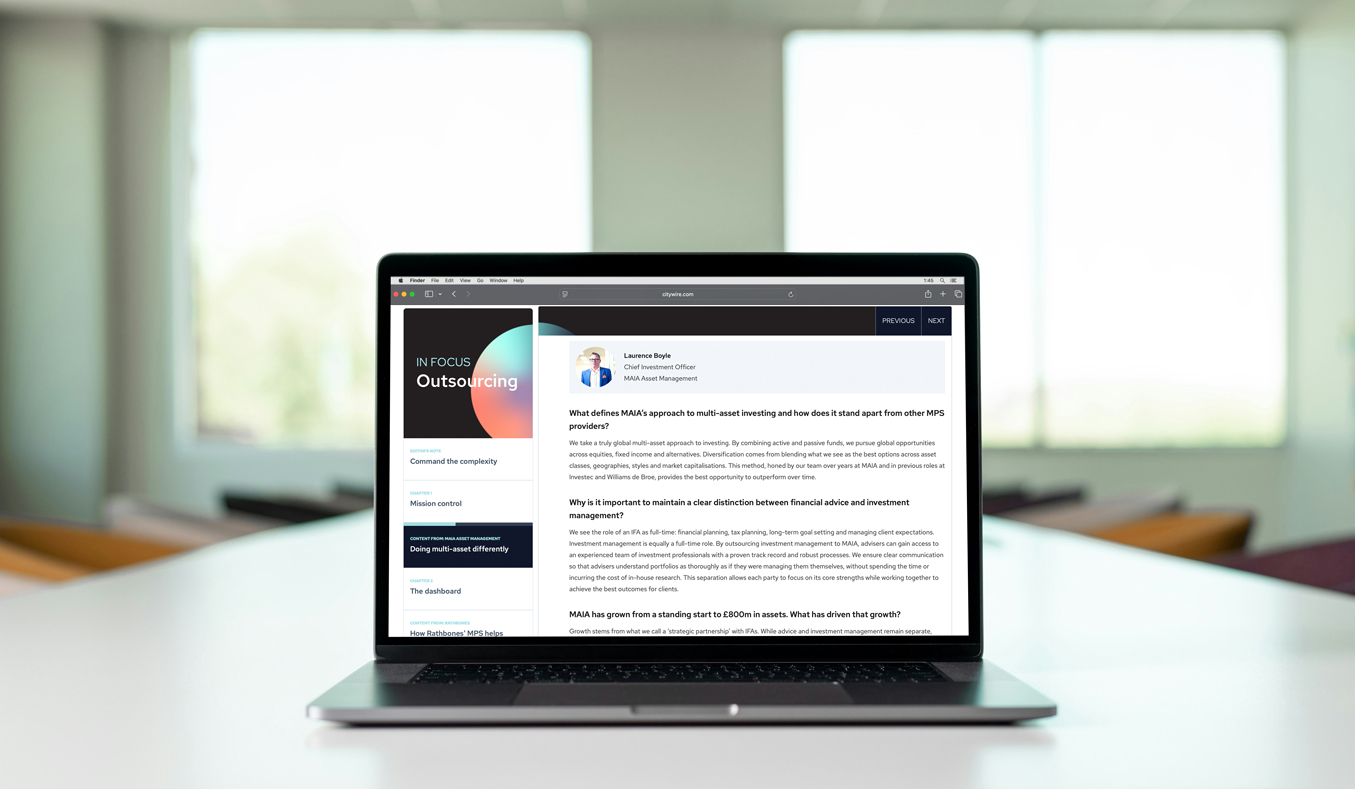For many, 2022 will be a year to put a line under and move on. From an investment perspective, the year started off in the same vein as the end of 2021 with increasing risk, from both an economic and political perspective.

What occurred during 2022:
- The Russian invasion of Ukraine led to increasing pressures on oil and gas supplies.
- Inflation hit levels not seen in decades which led to central banks having to raise interest rates at a far quicker rate than had been predicted.
- COVID 19 continued to put pressures on supply chains as regions such as China persisted in its actions to impose lockdowns on its citizens.
- Labour markets had to manage themselves through a rising price environment, as well as more job openings being available than workers to fill the roles.
- Political upheaval with elections, resignations and a number of new Prime Ministers across the globe.
All of this led to a year where investments had to price in a political and economic landscape that was worse than many analysts had predicted. All asset classes came under pressure. Bond and Equity markets had far higher correlation than they usually would, with both areas providing investors with volatile returns. Bond markets in general had one of their worst years for a long time and some equity markets entered ‘bear market’ territory, meaning they had fallen over 20% from their peak. Alternative asset classes were also volatile as investors grappled with the changing economic conditions that developed over the year.
Outlook for 2023
The setup for the new year is very much in the same vein of 2022. The one key difference is that many of the risks are known and are (to an extent) already priced into markets. The losses made in 2022 have priced in a lot of downside and have allowed asset prices to be at far more favourable levels which is hugely beneficial for long term investors.
What are we focusing on for the next year:
1) To what extent will there be an economic slowdown?
After moving out of the pandemic so quickly, the global economy is moving to a slower pace of growth. In some instances, this could become negative and mean recessions occur. It is not fully known where this may happen, however it is known that as inflation has been running at such high levels, central banks will continue to raise interest rates until they get it under control. This rising rate environment slows down growth as demand falls and costs become higher for consumers and businesses.
2) How far will central banks go?
This is a major theme for investors to focus on next year. Will central banks be able to get inflation under control by raising interest rates without leading to a recession. History is not on their side and initiating a soft landing is difficult to do.
As described above, it does seem a slowdown is priced into markets but as it is unknown how deep and long this may be, there is still room for markets to surprise both on the upside and downside.
3) How much is in the price?
Many of the risks that are likely to be prevalent during the year are being priced into markets. There is the risk these are not priced in enough and we think some regions may see more pressure than the market is currently indicating, as valuations are still at or above longer- term averages. These regions will be put under further pressure if a slowdown is longer and deeper than expected.
4) Diversification across all asset classes
Diversification is key for the team to focus on during 2023. This is a continuation of our views from the past few years. Many asset classes have priced in the possibility of a slowdown occurring over the coming months.
We also think that the diversification benefits of holding different assets classes, with their own risks and rewards, should benefit investors over the long term. The short-term lack of diversification between assets returns experienced in 2022 will likely be removed over time as most assets have moved from expensive to fair value. This means that they will likely be driven by their own idiosyncratic risks and rewards rather than general market sentiment.
So how does this impact our views on asset classes and investments going through 2023?
Fixed Income:
As a whole, fixed income has become more favourable due to losses that were experienced in 2022. Valuations are more attractive, as are underlying prices. We believe that corporate debt is still more beneficial over the long term compared to government debt.
Corporate debt is currently priced favourably, especially for shorter duration assets. Yields have risen to levels not experienced in a long-time, providing investors with the opportunity to gain a good level of income whilst also making capital gains as prices move back towards par values as they mature.
Equities:
Within equities, the team have been investing with a tilt to a value style for a number of years now. This is something we are continuing to do, as we think the opportunities for value style equities still has positive upside from here.
We have also been increasing our allocation to income bearing assets globally. As with the value sectors of the market, higher income equities were hit harder during the height of the COVID 19 pandemic as dividend payments were paused or stopped entirely for many companies.
Businesses are now returning to more normal trading conditions, dividends are starting again, making higher income stocks look more attractive.
We are always on the lookout for areas we think are materially undervalued compared to their history. With all these areas we are looking to invest in funds that are selecting quality businesses that can stand the test of time and get through any form of economic slowdown that may occur.
Alternatives:
Infrastructure has a structural driver from the increased spending from governments for both renewing assets as well as investing in new clean energy infrastructure, which is required to meet emission targets. The infrastructure funds we invest in directly benefit from these two actions and should continue to do so.
Gold will continue to be held as a hedge to inflation and higher volatility. There have been natural headwinds to gold over 2022 from the rising US dollar and sharp increase in US government bond yields. However, as we believe central banks are moving towards the end of their rate rising cycle the headwinds for gold should reduce over time.
Another alternative asset class that we are continuing to utilise is defined returns. The setup of defined return funds provide a known return depending on a market outcome. There is now material upside from these holdings due to the volatility in markets that was present during 2022. The defensive nature of these assets is still in place which is key for investors.
In Conclusion
2022 was an extremely tough year for investors. Due to this, many asset classes priced in a tougher outlook and so provided negative returns for investors. However, this has allowed many of these to become more favourably priced for long term investors to utilise. As the team believe that risks and negative sentiment that were prevalent for the past year will still be there for 2023, we continue to be selective in the assets we own.
We believe our current and future asset allocation will allow us to invest in these best opportunities but are cognisant that it will be a bumpy road at times and not all assets are priced as favourably. Both active selection and providing true diversification will be key for 2023.
This website is aimed at Independent Financial Advisers, please tick the box to confirm that you are an IFA before entering the website.








